Repair of ventilation systems: analysis of popular malfunctions and methods for their elimination
Air handling units update the air, remove harmful components from a confined space, maintain a comfortable microclimate. Without good air exchange in the room there is a risk to the health of all households. A threatening situation occurs when the ventilation system is malfunctioning.
We will tell you about how to get rid of stagnant air, which provokes problems with the respiratory system, exacerbating chronic diseases. In our article, we describe in detail the ways in which ventilation systems are repaired. Tips for restoring and maintaining them are provided.
The content of the article:
Ventilation options
When repairing a system, you need to understand how it works and by what principles it works. Distinguish between natural and forced type of ventilation.
Features of natural air exchange
All old buildings are equipped with exhaust ventilation systems of a natural type. Air flows in them, obeying the laws of physics. They enter through the windows, cracks in the windows and doors, move through exhaust ducts connected to the common route and exit through openings in the pipe on the roof of the building.
Natural ventilation is not expensive and easy to maintain, since it lacks mechanical equipment. But there are significant shortcomings - it responds to weather changes, does not work well in the summer and does not provide an opportunity to control air exchange.
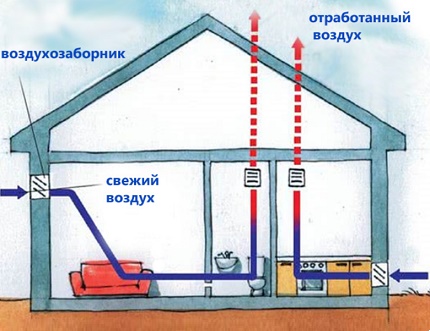
The principles of forced ventilation
In modern construction, heat-saving technologies are used, providing for the complete tightness of housing. Such conditions provide a comfortable stay, but prevent the natural flow of air into the room.
Therefore, new homes are equipped with forced or mixed ventilation. Here, the movement of flows is carried out mechanically using a fan. The supply pipe is located at the bottom of the building, and from it, air ducts are connected to the apartments, connected to a common route.
Ventilation consists of a set of devices that contribute to the removal of air over significant distances:
- Ventilation ducts. Flexible and rigid pipelines made of plastic, galvanized sheet or aluminum foil, combined into one network by tees, turns and adapters. Provide air supply to isolated rooms.
- Fans. Axial and centrifugal devices with a paddle wheel. Gaseous mass is fed and removed, creating the desired pressure in the system.
- Intake grille. Passes external air flows, protects equipment from precipitation and foreign objects.
- Air valve. Prevents external air from entering the room when the system is turned off.
- Filters. Protect ventilated space and equipment from dust, debris, insects.
The forced system is not affected by temperature fluctuations and pressure in the chimney. Its effectiveness depends only on the performance and power of the fan.
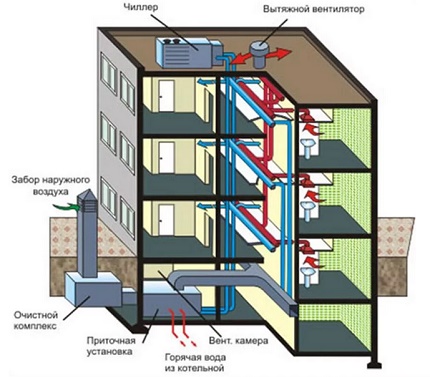
However, it is worth considering that such a device consumes a lot of electricity and needs regular maintenance. In the event of a breakdown, the repair of forced ventilation systems can "fly into a pretty penny."
The schemes of ventilation systems used in the arrangement of apartment buildings are described in detail in the next article, the contents of which we advise you to read.
Threats to air exchange
Disruptions in the performance of ventilation ducts are not immediately noticeable, but sooner or later result in unpleasant consequences.
The following symptoms indicate a malfunction of any type of air exchange:
- the smell of charms and rot appeared in the house;
- mold and fungus began to multiply actively, both in hard-to-reach places behind cabinets, a kitchen sink or a table, and in open areas;
- condensation constantly forms on the surfaces of windows, walls and furniture;
- it becomes damp, cool in the room, the oxygen supply is not replenished, it is difficult to breathe;
- the system makes a hum and loud noises, which causes discomfort;
- the smell of burning is heard from the ducts.
The safe operation of solid fuel units and the quality of ventilation depend on gas heating equipment. Ventilation ducts are brought out and do not allow harmful combustion products to accumulate in the room.
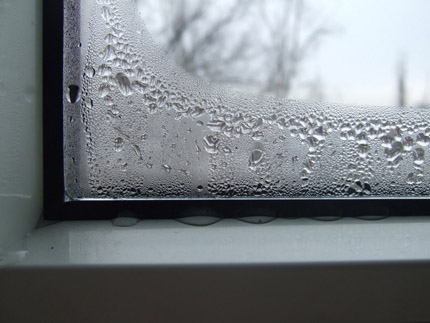
If at least one of the signs of a malfunction appears, you should immediately begin to diagnose, identify and eliminate the causes of breakdowns in the system.
How to check system performance?
The easiest way check the air exchange in the apartment or in a house - open a window in one of the rooms and bring a thin sheet of paper to the ventilation. With normal traction, it will stay on the grill. Such a check is quite approximate.
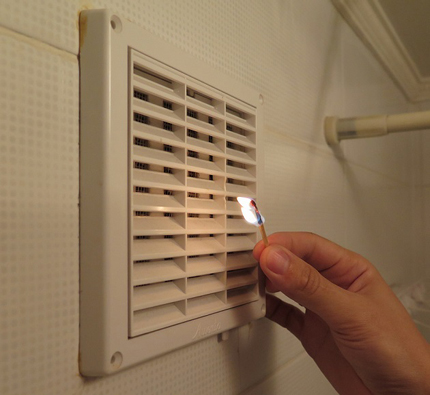
The calculation tables and the anemometer, a special device that measures the speed of air movement, can more accurately determine the system’s performance. After measurements, the table contains the values of the device and the parameters of the hole section. The result is a figure showing the amount of air passing through the mine in an hour.

Normal values of air circulation in the apartment:
- kitchen - 60 m³ / h;
- bathroom and toilet - 25 m³ / h.
When there is a real velocity of the gas flow, it can be used to determine the volume. No additional tables or directories are needed for this.
The volume of air flow is calculated without tables using a simple formula:
Q = V x S x 360,
Where:
- S is the cross-sectional area of the hole;
- V is the reading taken from the anemometer.
It turns out that at a speed of 22 m³ / h and a cross-sectional area of 110 mm, the amount of transmitted gases will be equal to: 22x110x360 = 871.2 m³.
Basic faults and solutions
Ventilation systems fail for various reasons. Often this is incorrect installation and operation, neglect of maintenance, the appearance of mechanical damage and corrosion processes, the natural wear of parts and devices. All of them are fraught with typical malfunctions. Let's consider them in more detail.
The most common problem is insufficient airflow in rooms with natural ventilation. Its reason lies in the high tightness of the premises.
The natural system is designed for air flow from doors, wooden windows and other cracks, which we try to carefully eliminate during the repair. Sealed plastic windows, unlike old wooden counterparts, do not allow air to pass through, blocking all the possibilities for its normal circulation.
The same applies to doors that impede its movement between rooms. Because of this, condensation and mold stains constantly accumulate on the windows.
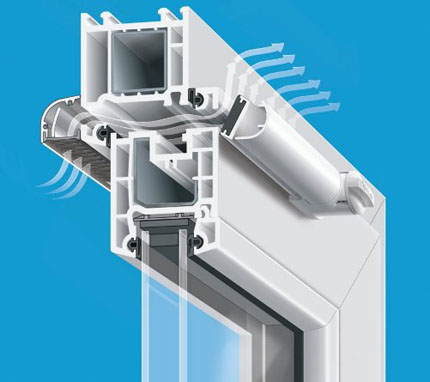
The way to solve the problem is this: cut small holes in the doors by installing grilles or decorative bushings in them. And also arrange regular through ventilation, install valves with microcirculation on windows or walls.
The hinged valve for the window is fixed with short self-tapping screws on the sash inflow. Supply wall device mounted by drilling the opening and attaching the housing with sealant.
Another problem is a difficult hood. Its cause may be a garbage congestion in the channel, as well as insufficient power or compressor failure.
To fix this, you will need to clean the air ducts, replace / repair the compressor. The new device must carry out air exchange in a volume of at least 3 cubic meters per hour for each square of the area of the room.
The appearance of unpleasant odors from the ventilation duct causes leaks in the duct, corrosion processes, violation of the integrity of the parts.
Way to get rid of the problem: replace damaged soft inserts, wafer seals, repair or replace sections and elements of the duct with defects. And also adjust the tightness of the joints.
A problem such as a significant deterioration in air quality and increased resistance of ventilation ducts may occur. Its reason lies in the accumulation of contaminants in the duct, the low efficiency of the filters.
Remedy is to clean as much as possible. ventilation duct from debris, wash and dry the filters or replace them with new ones.
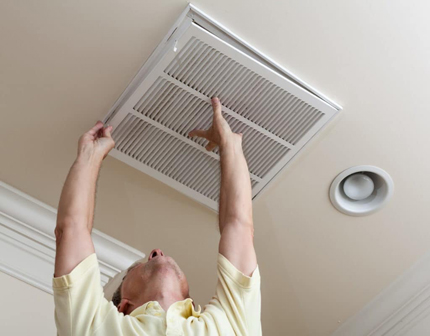
The appearance of loud noise from the air ducts is associated with the penetration of insects, birds, small rodents into the pipeline, insufficient lubrication of the moving parts of the equipment, and strong winds.
To get rid of the problem, it is necessary to attach a protective mesh to the inlet / outlet ducts with screws, regularly lubricate the mechanisms, wrap the pipe with soundproofing material, install silencers.
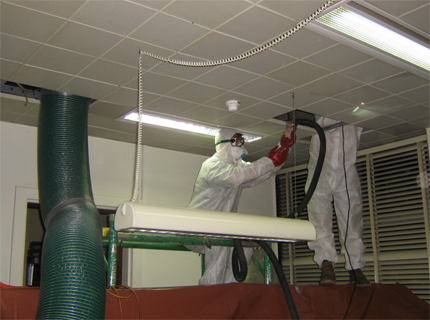
On its own, it is recommended to carry out only routine repairs of ventilation systems, which does not provide for significant interference in the design and complex dismantling. For example, noise insulation or ventilation duct cleaning. In most cases, this is enough to fix the main problems.
System Noise Reduction Techniques
Fans, valves, air pipes and forced ventilation flaps produce certain sound vibrations that can be heard indoors. According to sanitary and construction standards, the noise level should not exceed 30-40 dB. A violation of the norms is signaled by chronic fatigue, headaches and other health problems.
The noise that occurs during operation is either aerodynamic or mechanical. In the first case, it appears due to poor depreciation, poor condition of the nodes, friction and violation of the balancing parameters. In the second, it is the result of the operation of electric motors and fans.
The following measures will help reduce the noise of the ventilation system:
- installation of the fan on vibration isolating bases;
- careful adjustment of parts and balancing of rotating parts;
- strong fixing of the fan, valves and gate valves;
- installation of a removable soundproof casing;
- the insertion of rubber or tarpaulin gaskets between the fan and the duct;
- lining the inner surfaces of the ducts with materials that absorb sound (fiberglass, mineral felt);
- lubrication of moving parts of the compressor.
In ventilation of a natural type, the noise is very noticeable in windy weather, since getting into the system at high speed, the wind creates a strong hum. A chamber, plate or tubular silencer can cope with it, which reduces the sound pressure on the walls. It is installed at the top of the chimney.
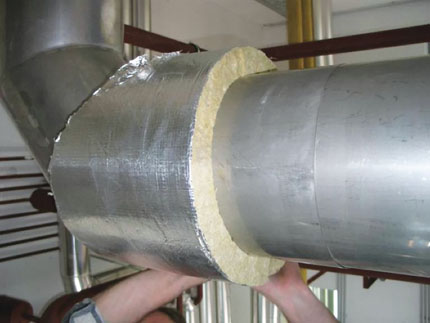
Another way to dampen vibration is to equip a concrete frame around the roof duct. If technical reasons do not allow such an operation, the channel is wrapped with insulation.
Cleaning Instruction
Dust, small debris and cooking oil, which constantly accumulate in the ventilation ducts, cause numerous breakdowns and poor-quality system operation. Undesirable effects can be prevented by scheduled cleaning in the system every 3-6 months.
When starting cleaning the duct, it is advisable to follow a certain procedure:
- Wear tight protective gloves and a mask, prepare a working stable ladder or chair.
- Remove all ventilation grilles, wash them with detergent, and then rinse thoroughly. If they are badly worn, replace them with new ones.
- To clean the inside walls of dirty crusts with a small construction spatula (plastic, wooden or rubber), making sure that it does not deform or damage the channel.
- Vacuum the hole in accessible places and wipe with a damp sponge.
AT forced system instead of a grate, an exhaust fan is located in a niche. It is first turned off and carefully removed, unscrewing the screws that secure the case. Then wash the blades and the grill with a special tool that breaks down the fat, and wipe it dry.
To fully restore normal air circulation, you need to try to clean the channel as deep as possible using an improvised tool. It is necessary to move carefully, with gradual rotational movements.
At the end of the work, a traction check is carried out with an anemometer or a piece of paper.

It should be remembered that residents of apartment buildings are not allowed access to the main mines. Therefore, if cleaning part of the channels inside the apartment did not solve the problem, it makes sense to call special services.
They perform efficient large-scale processing with a vacuum cleaner and a brush machine, and disinfect the inner surfaces of pipes with chemicals.
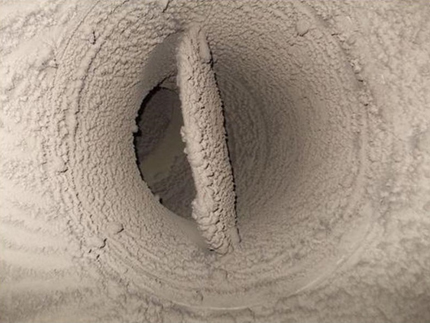
You can disinfect the channels yourself by preparing an inexpensive universal solution of chlorhexidine, boric acid, fir oil and alcohol. The ingredients are placed in the atomizer, which is used to process the walls of the ducts.
Disinfection treatment will eliminate allergenic factors, neutralize all microbes and bacteria living in the pipes. It must be carried out at regular intervals immediately after cleaning the exhaust ducts.
How to improve ventilation performance?
Any breakage is always easier to prevent than to fix. This will save energy and money on calling the master and buying new equipment to replace the broken one.
Simple preventative measures will help:
- checking the draft force of ventilation;
- maintaining the cleanliness of ventilation grilles;
- visual inspection of air ducts, fixtures, equipment;
- lubrication of movable mechanisms, fan cleaning;
- airing of rooms.
The main condition is the regularity of these events. For example, the quality of the traction force is checked annually, the channels and equipment are cleaned as they become dirty, and a visual inspection is necessary every few months.
Useful video on the topic
Video # 1. How to independently check the operation of ventilation shafts:
Video # 2. What to do if ventilation works poorly:
Video # 3. Instructions for arranging soundproofing ventilation duct:
Ventilation is the most important engineering network of the building, which has significant functions. Paying enough attention to prevention, you can save the system from global breakdowns and get by with current repairs, easily coping without the participation of specialists.
Tell us about how the ventilation system was repaired in your house / apartment. Share information that will be useful in practice with site visitors. Please write comments in the block below, ask questions, post photos on the topic.

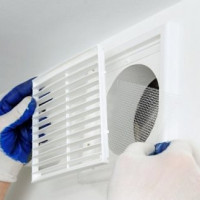 What to do if the ventilation in the apartment and the house does not work? Overview of possible causes and solutions
What to do if the ventilation in the apartment and the house does not work? Overview of possible causes and solutions 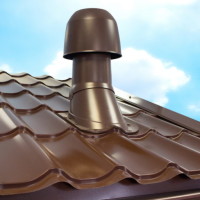 How to increase traction in ventilation: an overview of methods and devices for enhancing traction
How to increase traction in ventilation: an overview of methods and devices for enhancing traction 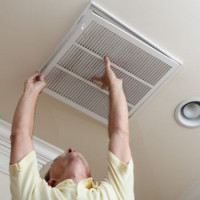 Repair of ventilation in the toilet and bathroom: how to identify and repair the hood in the bathroom yourself
Repair of ventilation in the toilet and bathroom: how to identify and repair the hood in the bathroom yourself 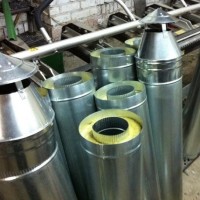 Sandwich pipe for ventilation: installation instructions and the nuances of assembling ventilation from a sandwich pipe
Sandwich pipe for ventilation: installation instructions and the nuances of assembling ventilation from a sandwich pipe  Equipment for cleaning ventilation: varieties + how to choose the best on the market
Equipment for cleaning ventilation: varieties + how to choose the best on the market 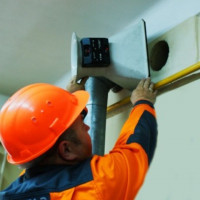 Ventilation cleaning: cleaning the ventilation ducts in an apartment building
Ventilation cleaning: cleaning the ventilation ducts in an apartment building  How much does it cost to connect gas to a private house: the price of organizing gas supply
How much does it cost to connect gas to a private house: the price of organizing gas supply  The best washing machines with dryer: model rating and customer tips
The best washing machines with dryer: model rating and customer tips  What is the color temperature of light and the nuances of choosing the temperature of the lamps to suit your needs
What is the color temperature of light and the nuances of choosing the temperature of the lamps to suit your needs  Replacement of a geyser in an apartment: replacement paperwork + basic norms and requirements
Replacement of a geyser in an apartment: replacement paperwork + basic norms and requirements